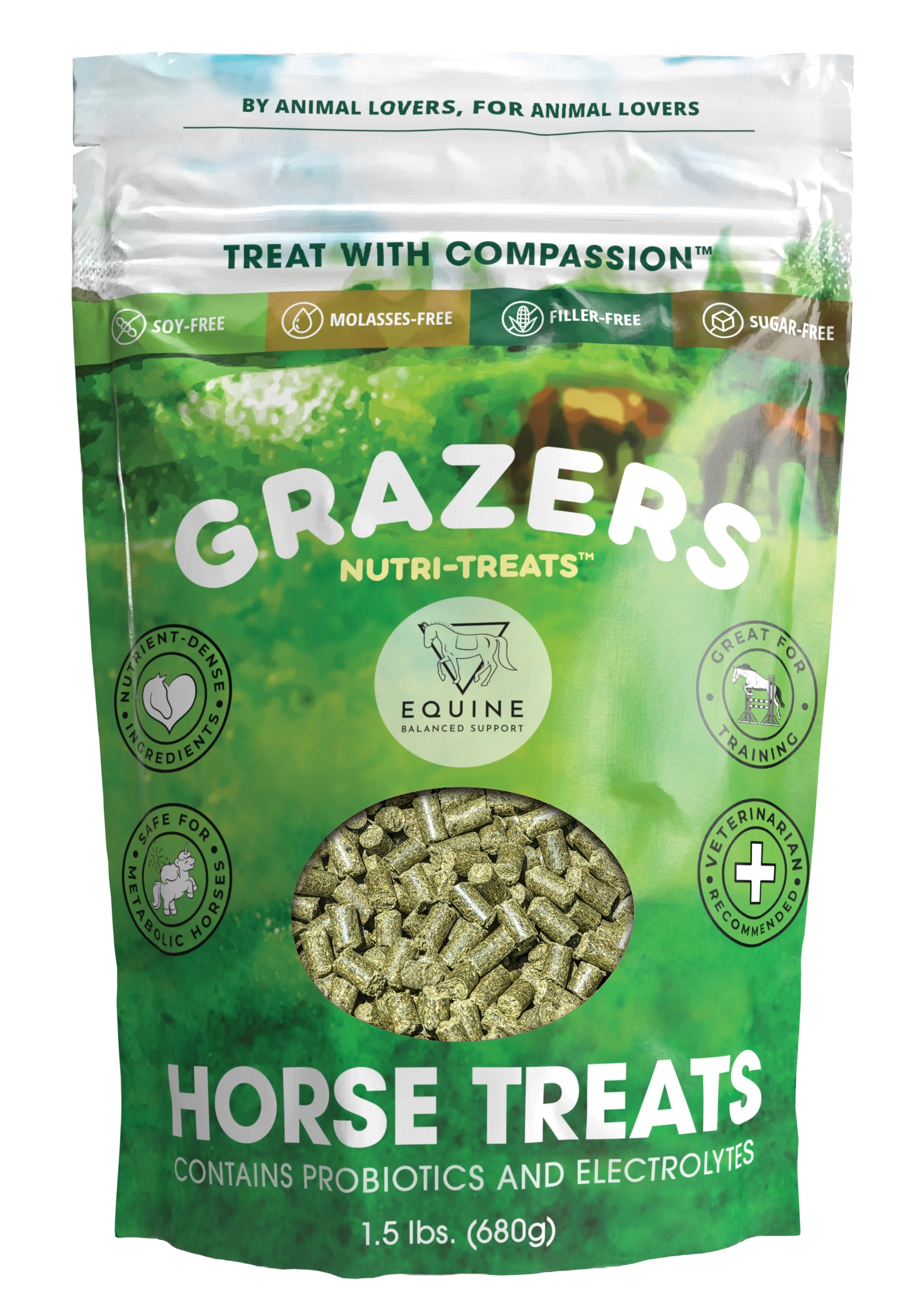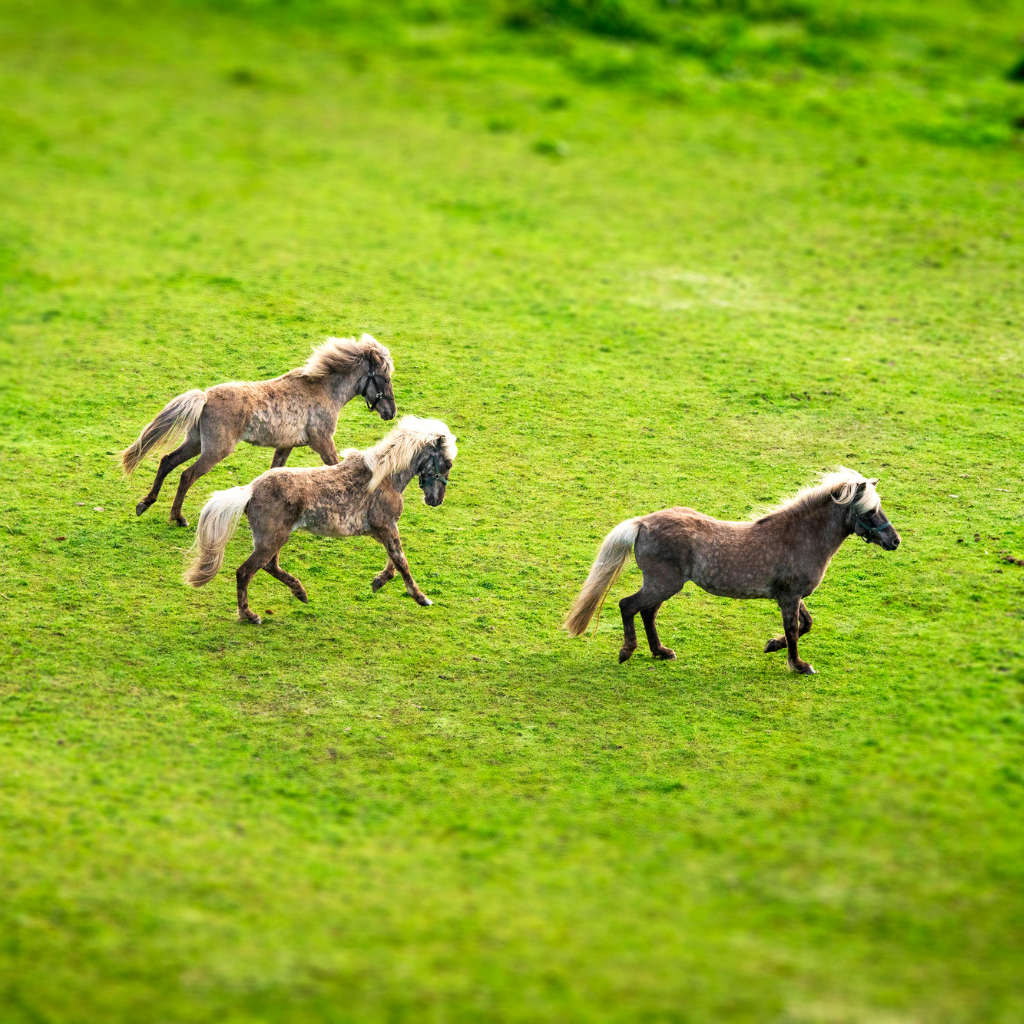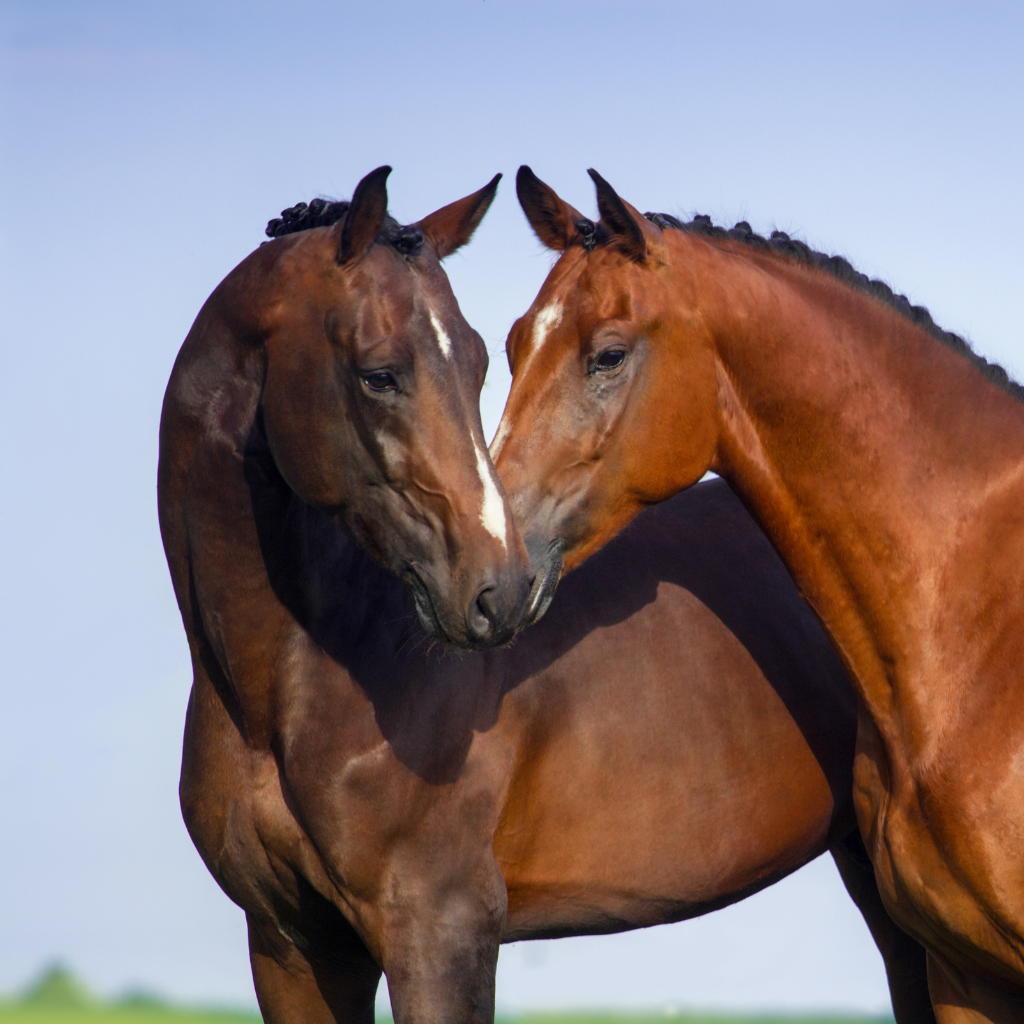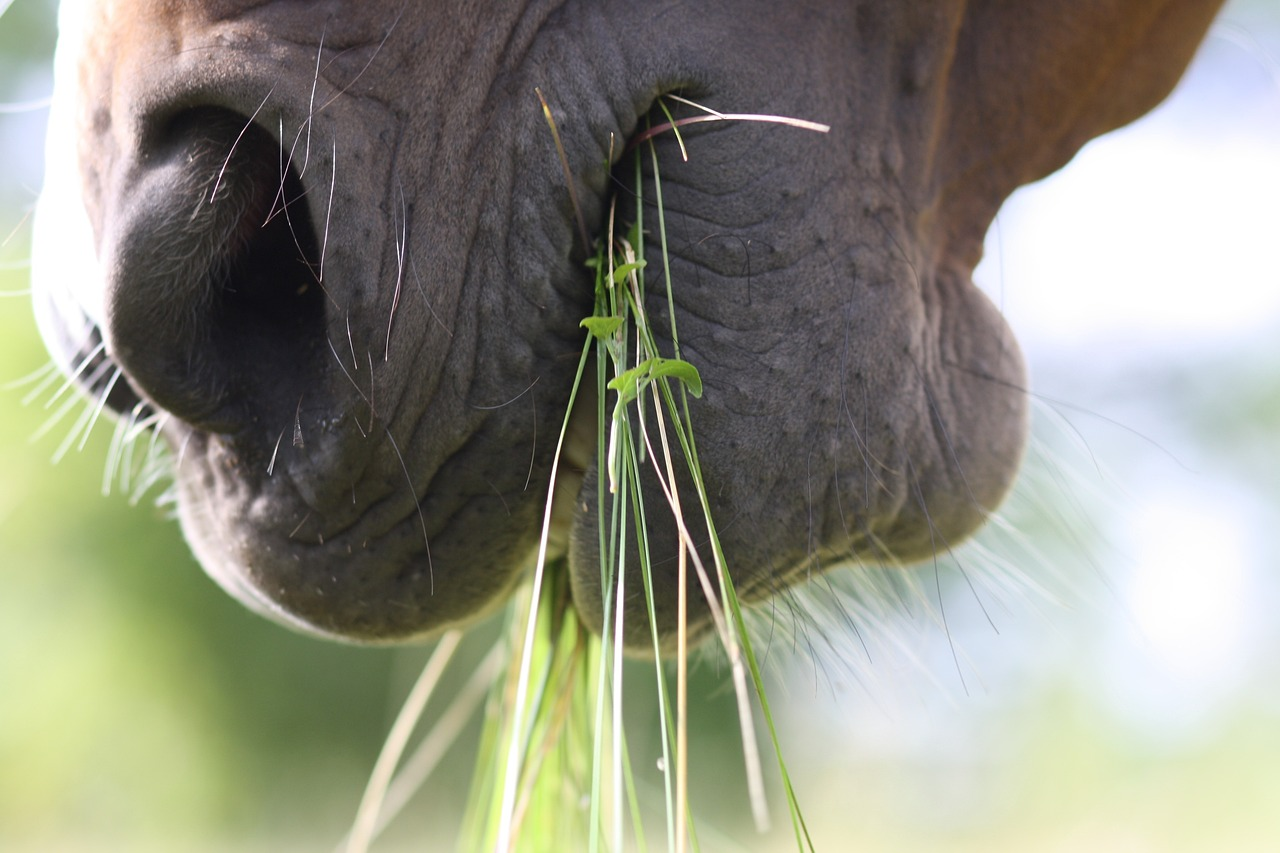Ask Without Judgment Hub RSS
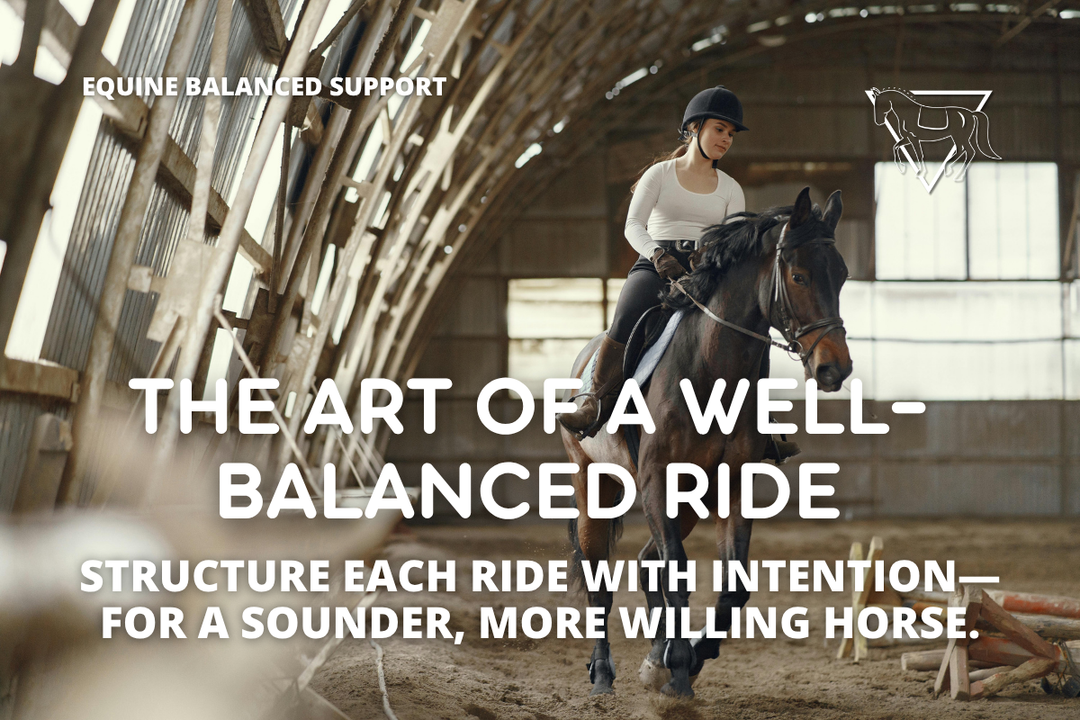
A thoughtful training ride is more than repetition—it's about balance. Learn how warm-ups, breaks, and directional changes improve your horse’s soundness, focus, and long-term performance.
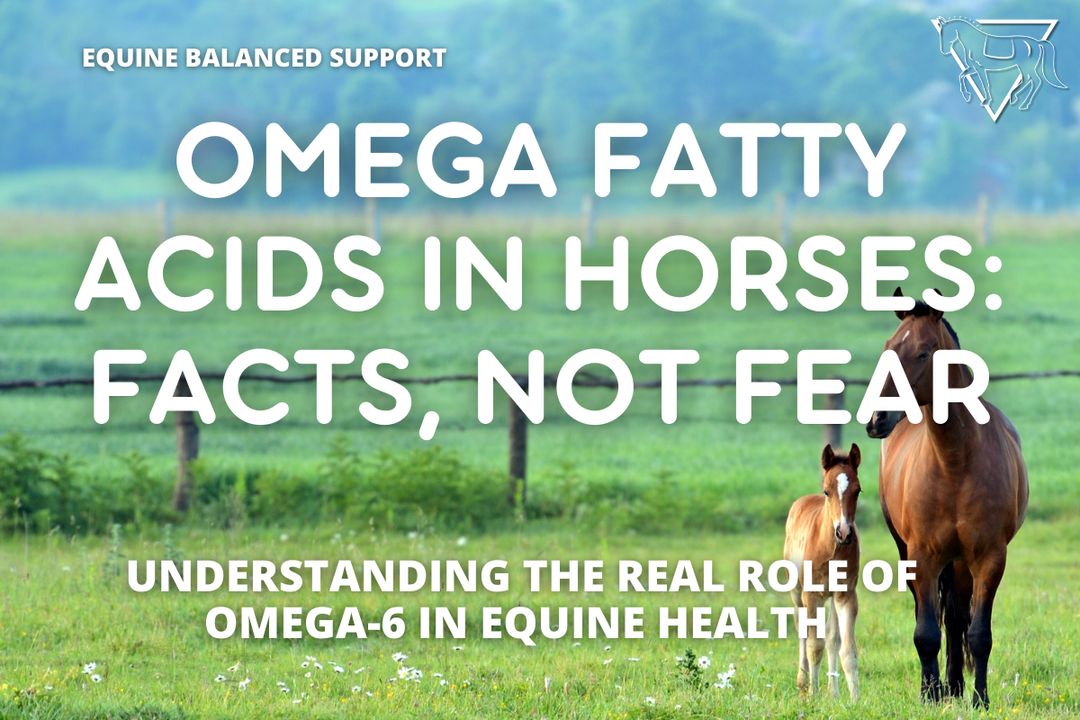
Confused about omega-6s in your horse's diet? Discover why they’re not the villain they're made out to be, how linoleic acid supports health, and how to balance omega fatty acids for performance and wellness.
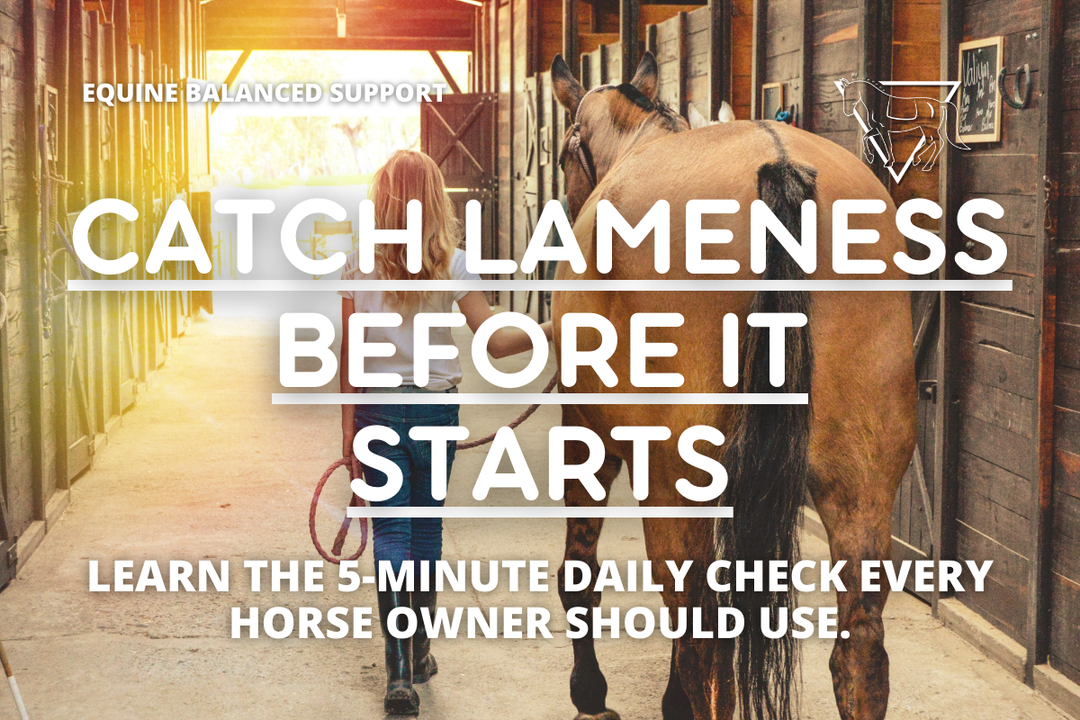
A quick 5-minute check could save your horse from injury or lameness. Learn the simple daily steps to catch heat, swelling, and early warning signs before they become serious.
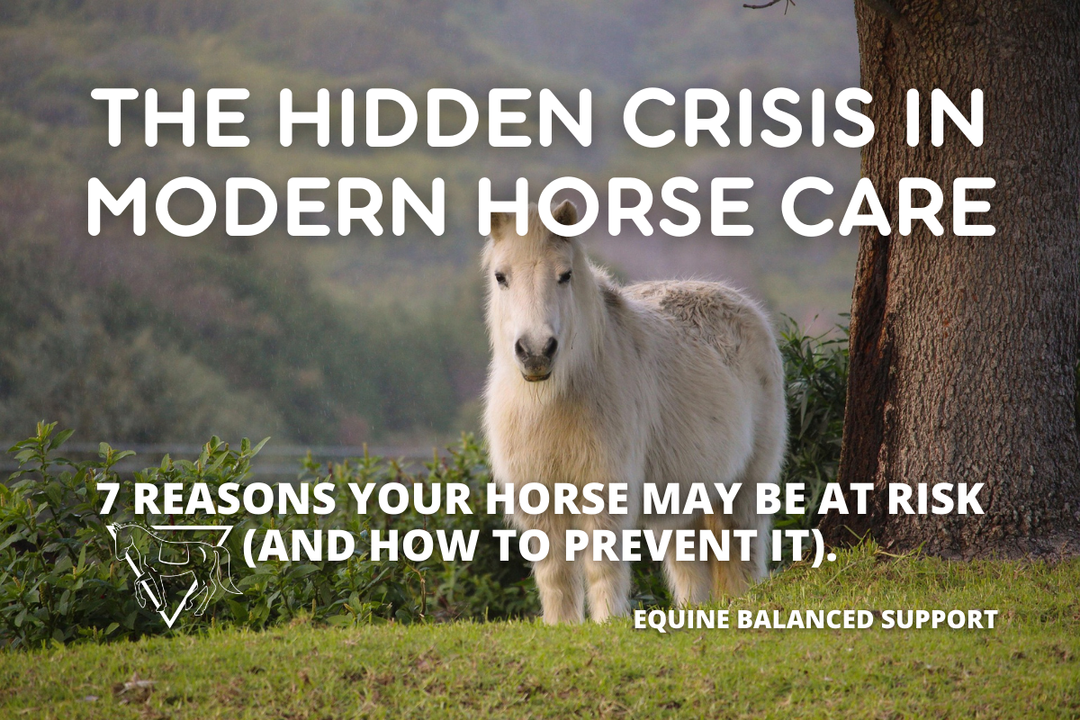
Metabolic conditions like insulin resistance and laminitis are more common than ever in horses. Learn the 7 key causes—and what horse owners can do to prevent them.
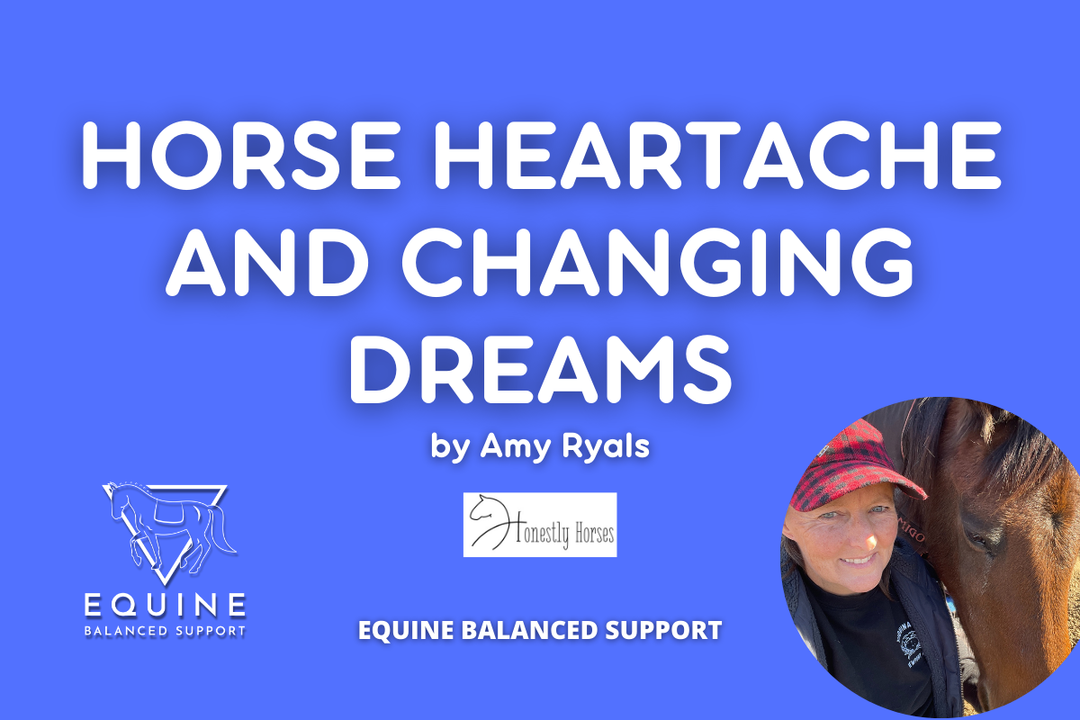
When you lose the horse who taught you to breathe, what comes next? This heartfelt tribute explores the lessons, heartbreak, and evolving dreams of a lifelong horsewoman. A story of healing, honoring the past, and learning to dream again—with a new partner at her side.
